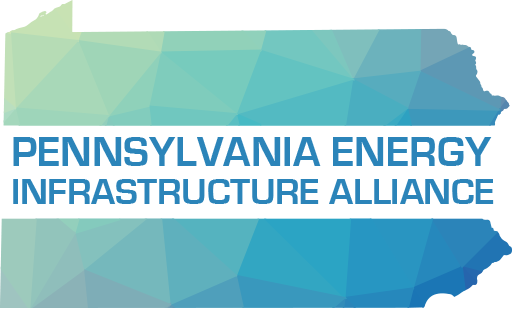According to data from the U.S. Environmental Protection Agency’s electronic Greenhouse Gas Reporting Tool, carbon dioxide emissions from the Marcus Hook Industrial Complex (MHIC) in Pennsylvania declined from 1.6 million metric tons in 2010 to just 206,000 in 2018. The dramatic difference was made possible by transforming the former oil refinery into a natural gas liquids (NGLs) hub.
Not only did Pennsylvania’s environment reap the benefits from the new NGL hub, but when Energy Transfer merged with Sunoco Logistics, the company was able to hire more than 5,000 individual workers, across about 9 million man hours. The projects involved multiple improvements at the facility including; the construction of an ethane/propane splitter, chilling and storage units for the energy resources, and a fractionator that processes NGLs for transportation from western Pennsylvania. Energy Transfer expressed that the expansion of the Mariner East pipeline system has helped make propane more affordable and available for delivery to customers as well.
“The work continuing to be done at the MHIC is not only employing more Pennsylvania tradespeople, but it is also helping to improve Pennsylvania’s air quality,” Energy Transfer wrote in the blog post. “It wouldn’t be possible without the Mariner East pipeline system, safely delivering NGLs from western Pennsylvania to the banks of the Delaware River — ultimately to fuel our everyday lives and drive our nation’s economy and security.”
Energy infrastructure is crucial to the success of Pennsylvania’s energy sector. The environmental and economic impacts are substantial and residents continue to benefit statewide. Continued investment in infrastructure is a sure way to help the state process its natural resources and maintain its place as one of the industry’s leaders.
